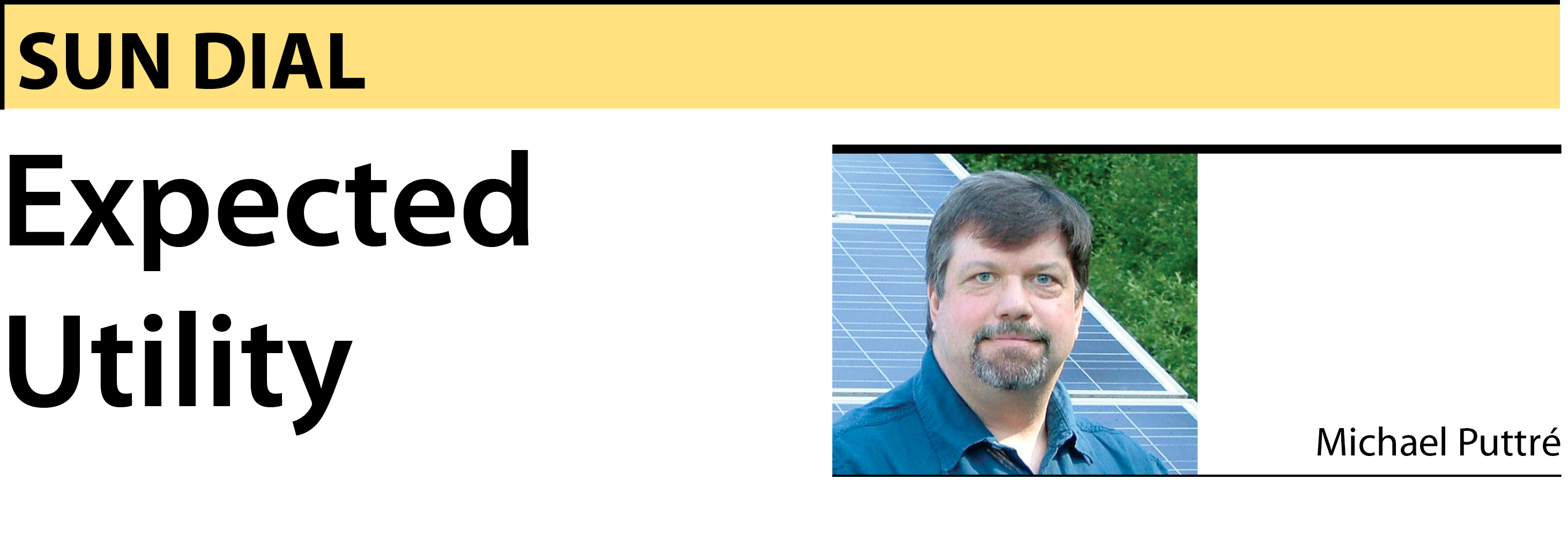

301 Moved Permanently
As a callow youth, I had a lot of fun with expected utility theory as applied to international relations. One of my favorite series of college courses explored how the principle - borrowed from economics and game theory - could be used to evaluate why nations went to war with each other.
In a nutshell, expected utility theory says it is possible to predict rational behavior if you know key variables - particularly, the value the sides place on an outcome and the likelihood that an outcome will occur. Other factors come into play, such as how risk-acceptant or risk-averse the players are.
Here’s the big problem with expected utility theory. Ask a room full of people to rate how much they like chocolate ice cream on a scale of 1-10. With such a list in hand, is it then possible to rank people in the room according to how much they like chocolate ice cream?
Yes and no. You can rank the people according to their responses, but such responses cannot be compared in a meaningful way. One person’s “10” could be another person’s “7.” Or “3.” It is very difficult to come up with an objective value of something because nearly everything is open to subjective interpretation.
Therefore, it should come as no surprise that utilities and solar advocates often are very far apart on the value of solar power.
In March, the Minnesota Public Utilities Commission stepped into the breach, becoming the first state regulator to approve a methodology for calculating value of solar (VOS) tariffs. Utilities have the option to develop such a tariff or else adopt net-energy metering programs.
According to Sara Bergan, an energy law attorney at Stoel Rives, the motion to approve the methodology carried after extensive discussion, with dissenters expressing concerns about the use of federal cost-of-carbon calculations as the basis for determining environmental benefits.
Nevertheless, Minnesota now has an official VOS methodology that public utilities can use to develop an alternative tariff for customer projects under 1 MW. The values are known and quantified, even if there is grumbling about what values are truly measurable.
“Minnesota has made an effort to develop a transparent stakeholder process for looking at the costs and benefits of solar,” Bergan says. “It will be interesting to see how this plays out elsewhere.” R
SUN DIAL
SUN DIAL
si body si body i si body bi si body b
si depbio
- si bullets
si sh
si subhead
pullquote
si first graph
si sh no rule
si last graph